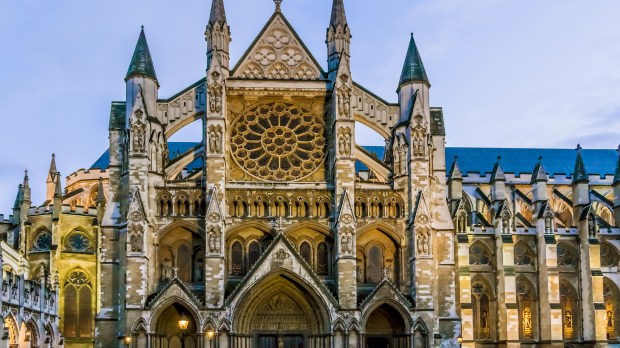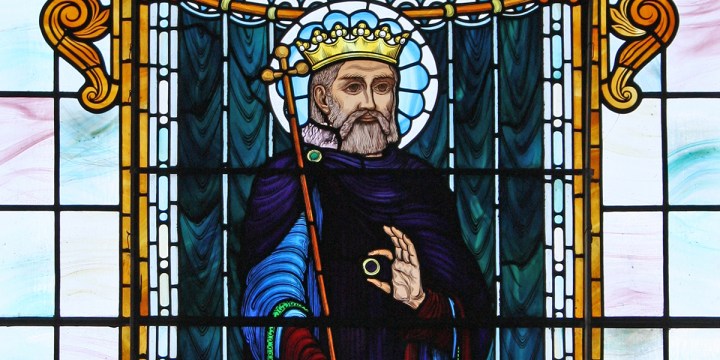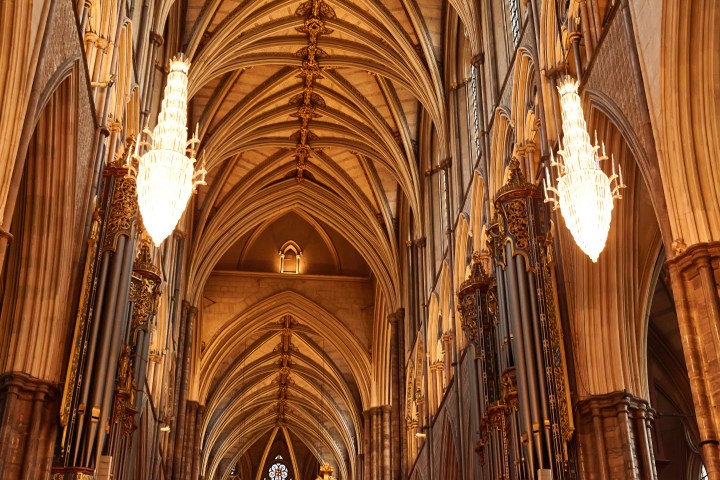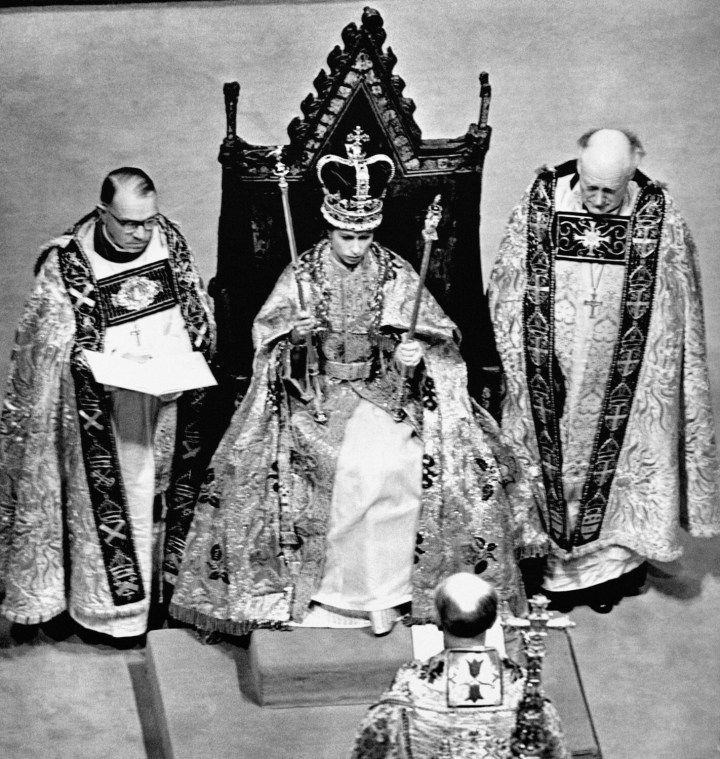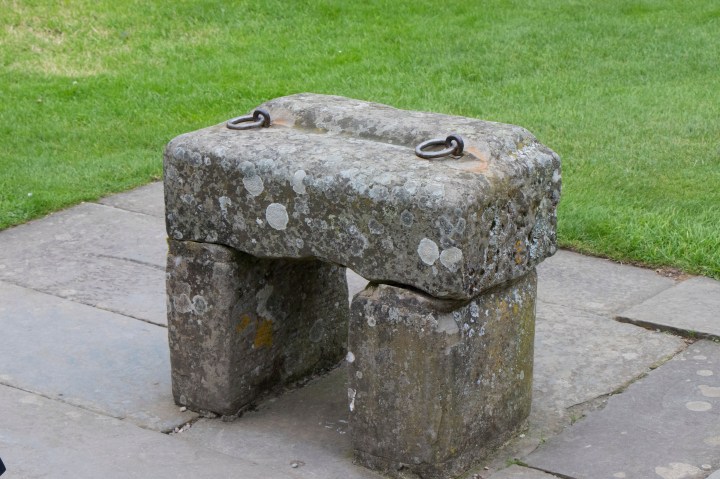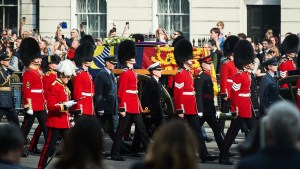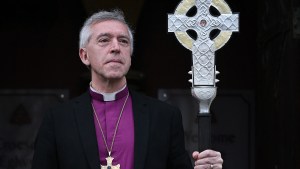The millions of people who tuned into watch the coronation of the new British sovereign saw Westminster Abbey in all its glory. But what many may not have realized is how a Catholic saint is at the heart of the abbey’s history and still plays a significant role today.
The origins
The abbey was founded by St. Dunstan and King Edgar in 960, on what was an island on the River Thames. They welcomed Benedictine monks into the abbey, who remained there for a number of centuries. However, in 1539, Henry VIII’s Dissolution of the Monasteries saw the monastery dissolved and turned into a cathedral. However, in 1560, Elizabeth I made it a “Royal Peculiar,” meaning it was under the responsibility of the sovereign, and not a bishop from the Church of England.
Built for a king
Before Henry VIII got his hands on the abbey, the original church was built upon to become a royal burial church by the famous Anglo-Saxon king Edward the Confessor. Incredibly the church was completed in 1060, a week before the king died. He was buried there, with his wife joining him nine years later.
He was made a saint in the Catholic Church, but his shrine is actually in the abbey. Interestingly, the saint is still present in a highly visible form in the royal family today. In fact, Edward apparently left the regalia used for his coronation in the abbey for future monarchs to use. Although they were destroyed by Oliver Cromwell, in 1661 replicas were created by Charles II, including a copy of St. Edward’s Crown, which is used to crown monarchs today and was used to crown King Charles III on his coronation.
The name
Westminster Abbey is officially known as the Collegiate Church of St Peter, Westminster. This means that it is not a cathedral, but has a chapter of canons attached to it, under the supervision of a dean.
You might ask: Why the association with St. Peter? Well, a fisherman named Aldrich was on the River Thames when he had a vision of a fisherman — St. Peter. This vision must have had some impact, as the simple fisherman’s tale influenced the name of the church.
The architecture
While St. Edward created a Romanesque building, later works by Henry III were done to honor Edward by using a Gothic style. The building has England’s highest Gothic vaulted ceiling at an impressive 102 feet from the ground.
Pope Benedict XVI
The Pope Emeritus became the first-ever pope to set foot in the church when he visited it on September 17, 2010.
A very special door
The abbey boasts England’s oldest door, being the only Anglo-Saxon door to survive the centuries. Thanks to dendrochronology, technology that can date trees due to the number of rings present in the wood, scientists believe the wood to have belonged to a tree from Hainault in Greater London that would have grown between 924 and 1030. Incredibly, experts believe this tree would have been a sapling 500 years before.
Momentous royal events
The majority of coronations took place in Westminster Abbey over the centuries, using the grand St. Edward’s chair. The chair was actually commissioned by King Edward I to honor St. Edward the Confessor. The wooden structure is large enough to accommodate the sovereign and all the bulky regalia he or she wears during the coronation.
You may already be familiar with the abbey, as it was where the late Queen married her beloved Prince Philip, and where many other royal marriages took place, including that of Prince William, who married the now Princess Catherine in 2011. It was also where the funeral took place of the late-Queen Elizabeth II.
Of course, it was also the church where Princess Diana’s funeral took place in 1997.
A daring theft
The Stone of Scone is a large stone that was taken from Scotland in 1296 by Edward I. It was placed under St. Edward’s Chair, or the Coronation Chair, for centuries after. However, four students from Glasgow stole the stone in 1950. The theft led to the closing of the Scottish-English border for the first time in four centuries.
Although the stone was located and returned to the abbey, it was eventually returned to Scotland in 1996. However, there is an agreement that whenever there is a coronation, the stone will temporarily return to the abbey for the ceremony. So at the weekend, the heavy stone was in place for the crowning of Charles III.
A stand-up burial
There are apparently 3,500 people buried in the church, and the most unusual burial is that of 17th-century poet (and Shakespeare’s drinking buddy) Ben Jonson. He didn’t have enough money, so could only buy a plot of two square feet. He was therefore buried standing up!
The end of the world prediction
There is a floor in the sanctuary that is made of thousands of bits of mosaic and porphyry. Called a Cosmati pavement, it has brass lettering with some key facts: 1268, the date of its creation; Henry III, the sovereign at the time; that it originates from Rome; and that the world will end in 19,683 (so we can all breathe a sigh of relief!).
World War II
Thankfully German bombs didn’t overly damage the abbey. However, to protect the valuables, some wax funeral effigies were taken to a Tube (subway) station, and that heavy Stone of Scone was buried secretly in the abbey.
